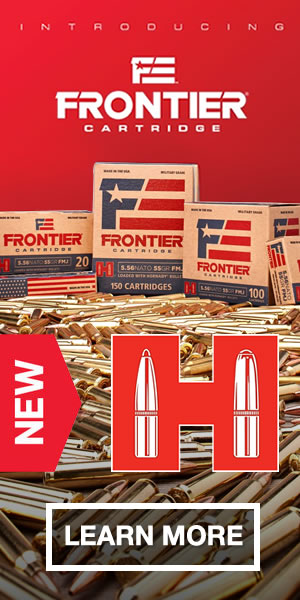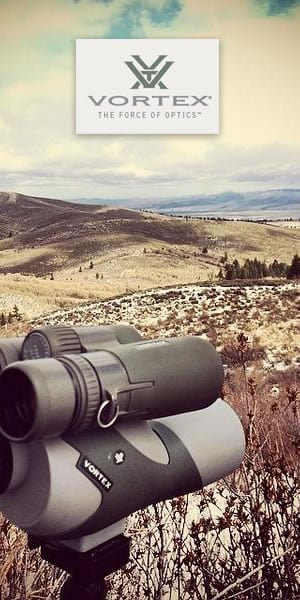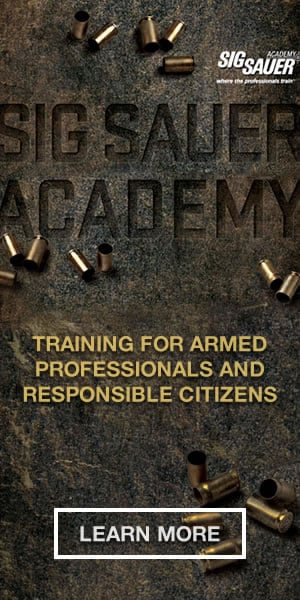The .40 Smith and Wesson cartridge, or .40 caliber as it is also known, hasn't been on the scene all that long in the grand scheme of things when compared to other semi-automatic pistol cartridges like the 9mm Luger (1905) or the .45 ACP (1911). Despite its short history, it took the law enforcement world by storm when introduced, and only quite recently has shown some sign of waning in popularity.
The .40 Smith and Wesson is the direct descendant of the 10mm Automatic cartridge developed by the late Col. Jeff Cooper, and introduced in 1983. A powerful round, it was designed to do anything the .45 ACP could do at double the distance, and hold a cartridge or two more than the 1911 could in a similar magazine. Although loaded today with a bit less oomph by most manufacturers than the original Norma Ammunition loads once delivered, it is still a viable defense and hunting load.
In 1986, agents of the FBI in Miami were engaged in a now notorious shootout with two armed bank robbers. In the aftermath, two agents, Jerry Dove and Ben Grogan, lay dead and five other agents were wounded. Without going into detail, the deaths and injuries can be directly attributed to horrible tactics on the part of the agents. However, rather than blaming supervision and tactics, the FBI laid the blame at the feet of the 9mm pistol carried by one of the agents, and its supposed failure to stop one of the perpetrators in his tracks.
The FBI felt that the 9mm could not be trusted. After a few years of evaluation, the FBI adopted the large and cumbersome (for plainclothes agents) Smith and Wesson 10mm Model 1076 Pistol as its official duty handgun.
Shortly after adoption, the FBI realized that agents were having issues handling the recoil of the full power 10mm loads, so Federal Ammunition came out with a 10mm Lite loading with reduced recoil. Soon after that, Smith and Wesson realized that the same 10mm Lite ballistics could be had in a much shorter case, with the added benefit of working well in smaller pistols. Thus the .40 Smith and Wesson round was born. What is interesting is that while Smith and Wesson developed the round, it was Glock that propelled it to LE rock star status.
Not long ago I talked about the Glock police trades coming your way at Vance Outdoors. In further conversations, I found that a lot of those trades will be .40 Caliber Glocks, the most prevalent being the full size Model 22 (and potentially some mid-size Glock 23s). These will be exchanged for full size 9mm Glock 17s (and mid-size 19s) since law enforcement is returning wholesale (spurred somewhat ironically by the FBI) to the 9mm.
The reason? There are so many effective self-defense loads out there now for 9mm, .40 and .45 caliber pistols that there is less difference between the effectiveness of those loads than there once was. If the 9mm is now (rightfully so) compares favorably in effectiveness against the .40, and 9mm ammo in both duty and practice ammo is a bit cheaper when purchased by the thousands of rounds at bulk LE prices. It makes sense for agencies to save money on pistol trade-ins by switching to a somewhat less expensive caliber, especially when there is no need to change holsters or support gear. Actually, in checking online prices for Remington UMC practice ammo, I found that currently a box of .40 is twenty cents LESS than the same ammo in 9mm, which is the way most ammo for personal use is purchased-a couple of boxes at a time.
Make no mistake, the .40 is a fine round, and law enforcement is not switching to the 9mm because it is more effective. When used with 155 to 165 grain loads, .40 caliber recoil is similar to the 9mm. 180 grain bullets bumps recoil up a bit, but with a firm grip it is a controllable pistol, and an effective "stopper" with solid torso hits (like the 9 and .45).
So, here's the deal. It makes sense to me that if you are shopping for a home defense or carry pistol, that you consider one of these .40 caliber Glock police trade ins as your choice. The money you save over a new gun would take a long time to be made up in ammo savings (if ever) for a 9mm vs. a .40. If you didn't see my original post, LE trade in handguns that are used for duty have been maintained by department armorers, and usually show only surface wear. They will still have many years of use in them.


